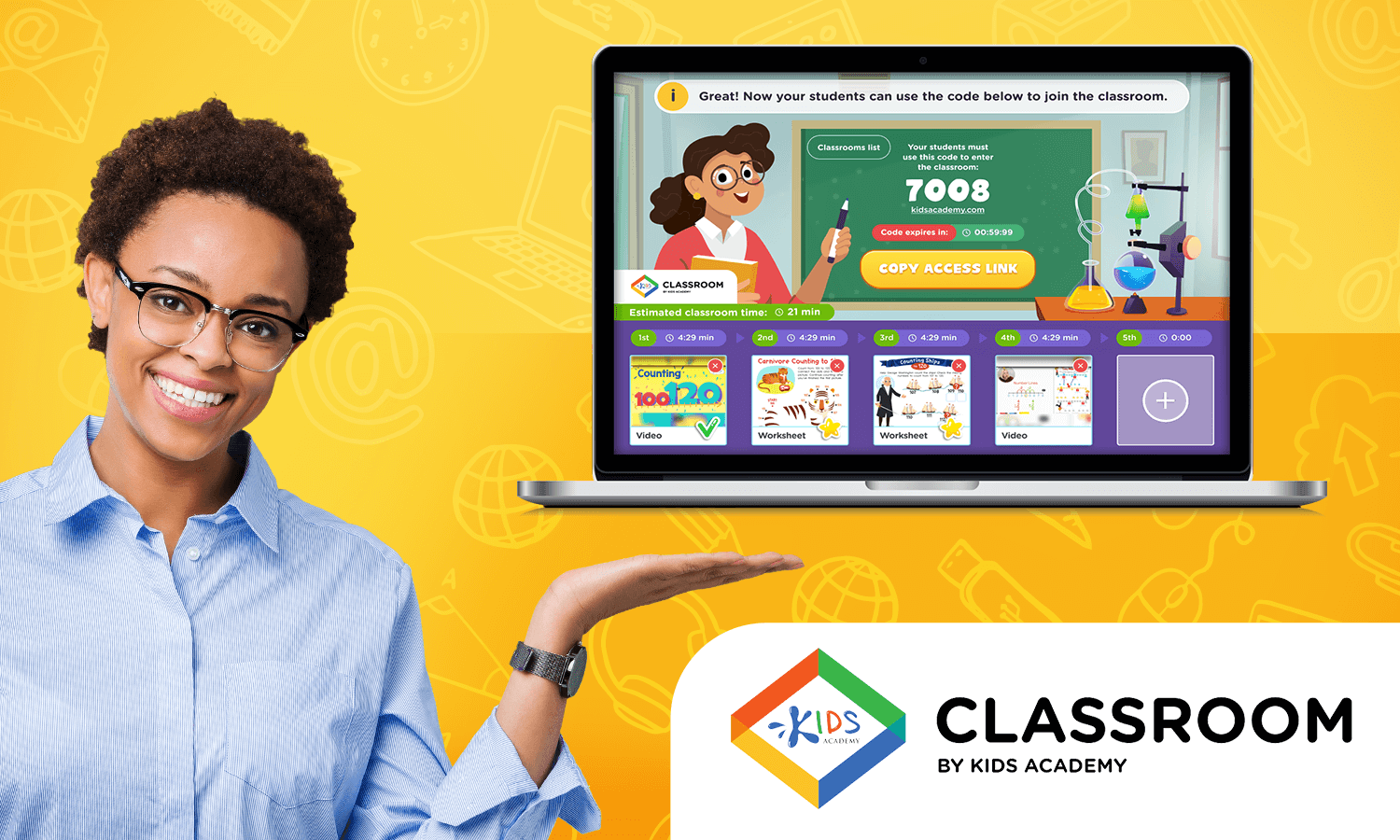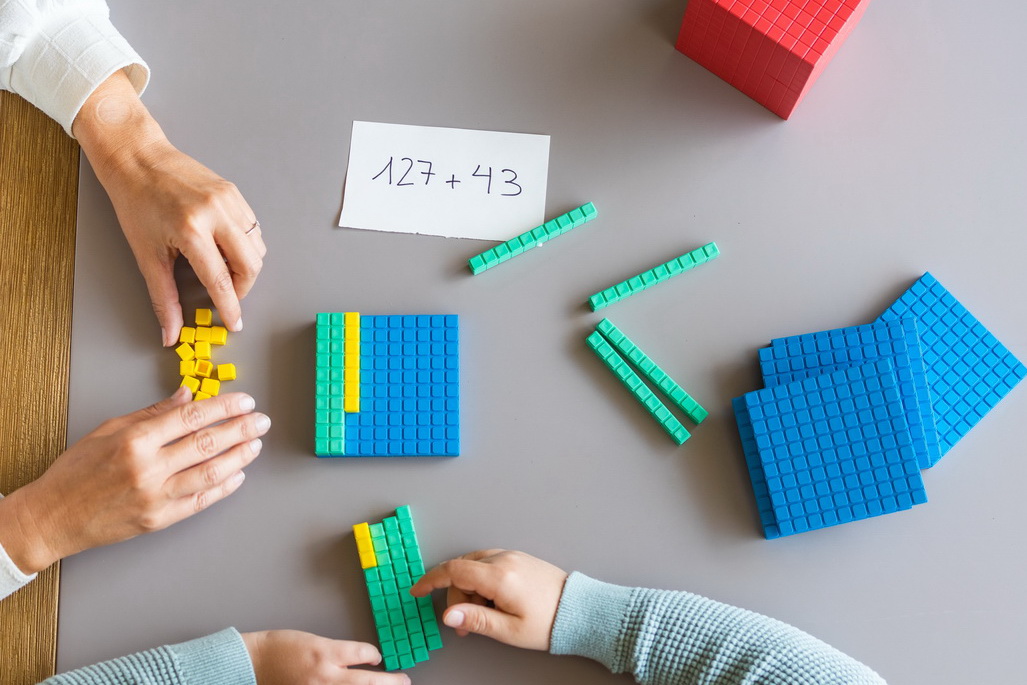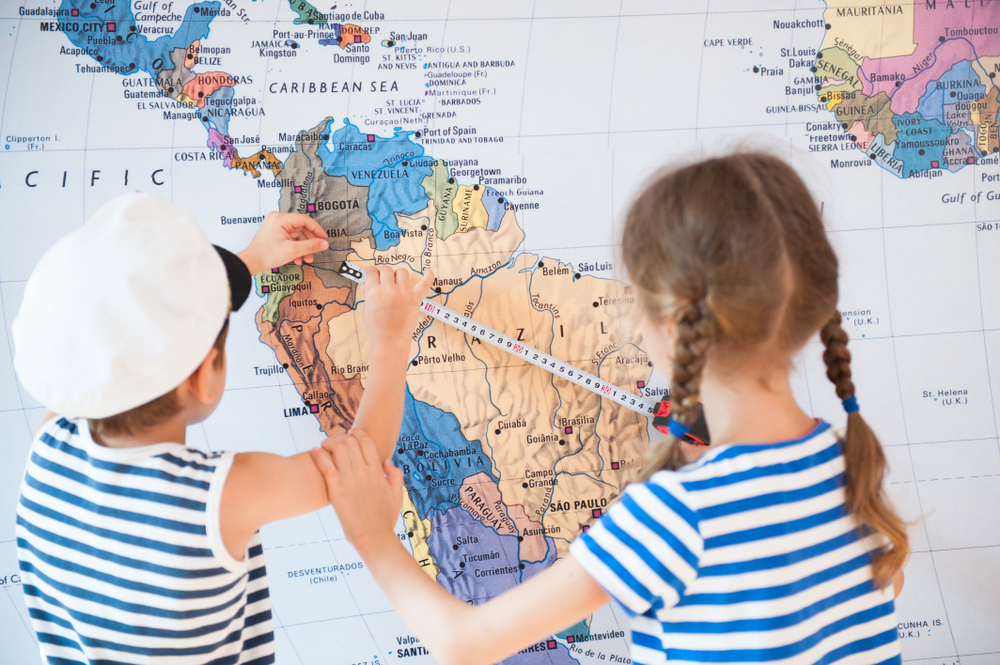Picture-word association Worksheets for Ages 3-6
4 filtered results
-
From - To
Introduce young learners to the world of words with our engaging Picture-Word Association Worksheets, perfect for ages 3-6. These fun, educational activities help children connect images to their corresponding words, fostering early literacy skills. Through vibrant illustrations and interactive exercises, kids will enhance their vocabulary, improve visual recognition, and develop strong language foundations. Ideal for home or classroom use, our worksheets create an entertaining learning environment that captivates young minds and encourages them to explore language in a hands-on way. Visit our website to download and print today, and watch your child's language skills flourish.
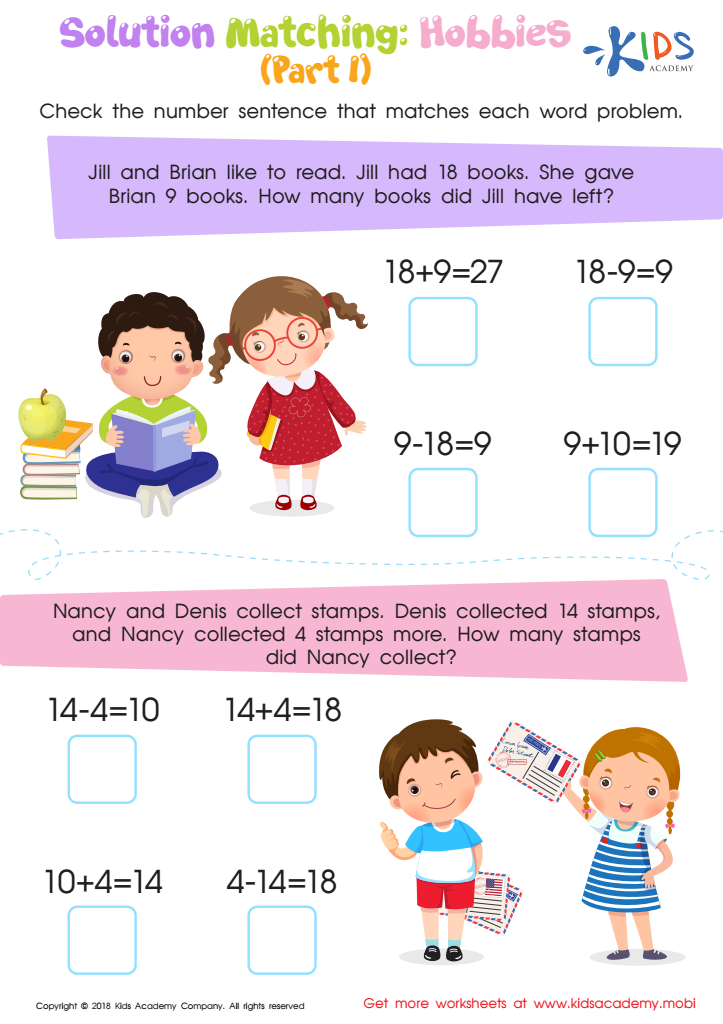

Solution Matching: Hobbies. Part 1 Worksheet
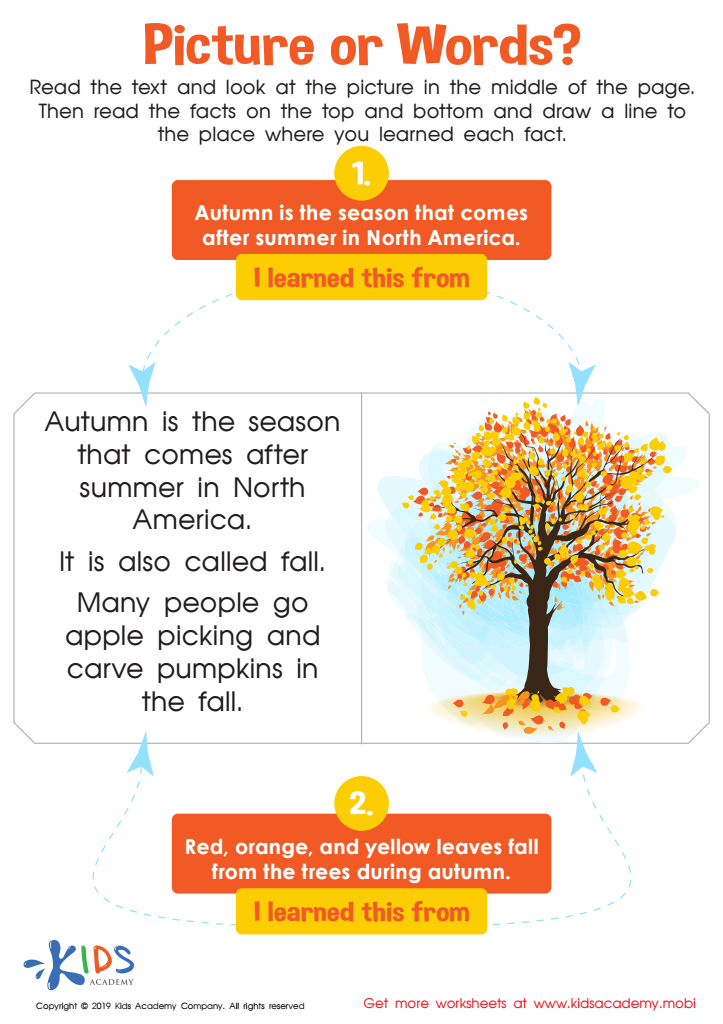

Picture Words Worksheet
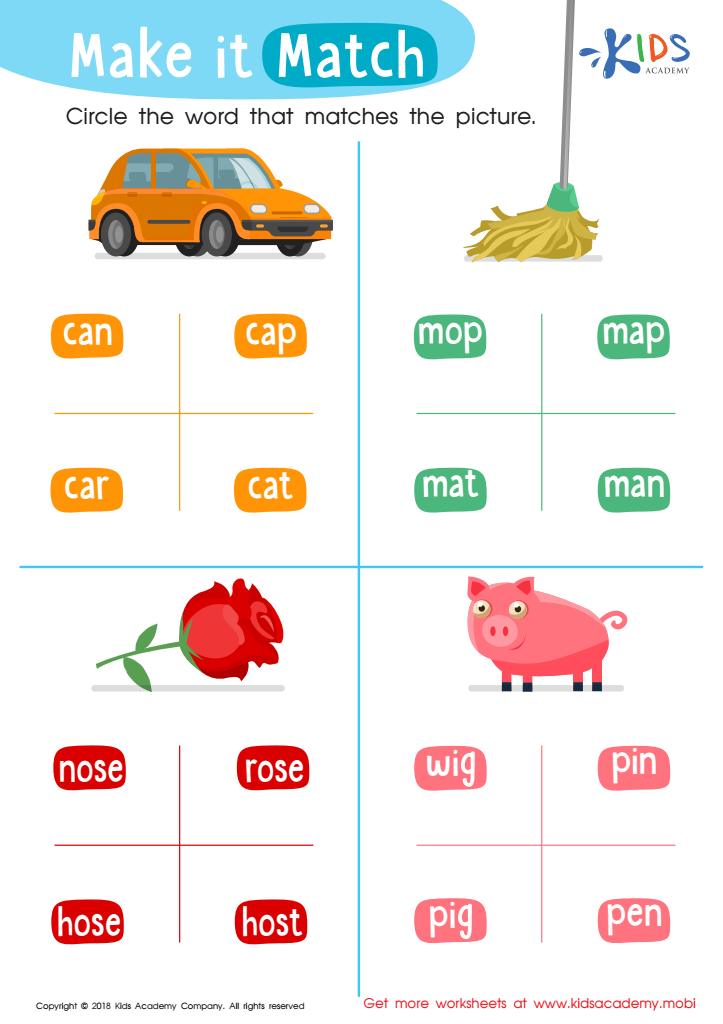

Make It Match Worksheet
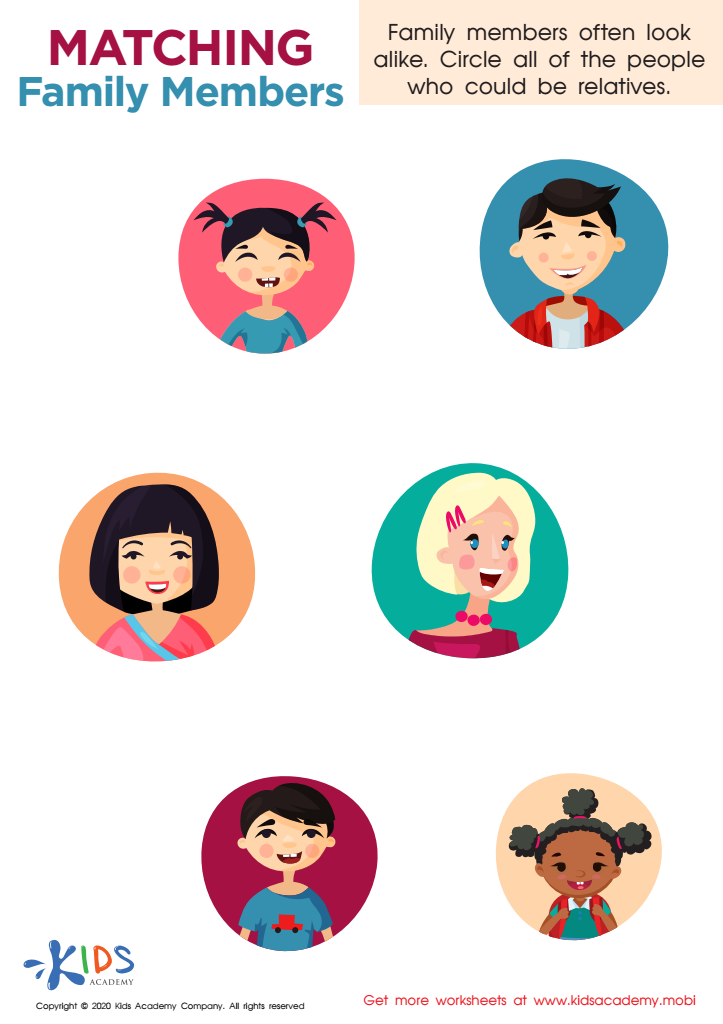

Matching Family Members Worksheet
Picture-word association is a crucial aspect of early childhood education that plays a foundational role in cognitive and language development for children ages 3-6. At this stage, young minds are exceptionally receptive to visual stimuli, and combining pictures with words helps bridge the gap between concrete and abstract thinking. Parents and teachers should prioritize picture-word association because it fosters vocabulary growth by linking familiar images to new words, thus expanding the child's lexicon in an engaging and memorable way.
Moreover, this technique enhances comprehension and retention. When children see a picture paired with a word, they can more easily grasp the meaning, enabling better recall and understanding. For instance, a picture of a dog alongside the word "dog" helps a child not only recognize the animal but also connect the visual with the verbal cue, promoting literacy skills.
Furthermore, picture-word association supports phonemic awareness, an essential pre-reading skill. Recognizing the relationship between pictures and corresponding words primes children to understand that words are made up of individual sounds. This creates a solid foundation for future reading and writing proficiency.
In summary, picture-word association is a vital tool in early education that supports vocabulary expansion, comprehension, retention, and phonemic awareness, all of which are critical for language development and literacy success in young children.

 Assign to the classroom
Assign to the classroom
